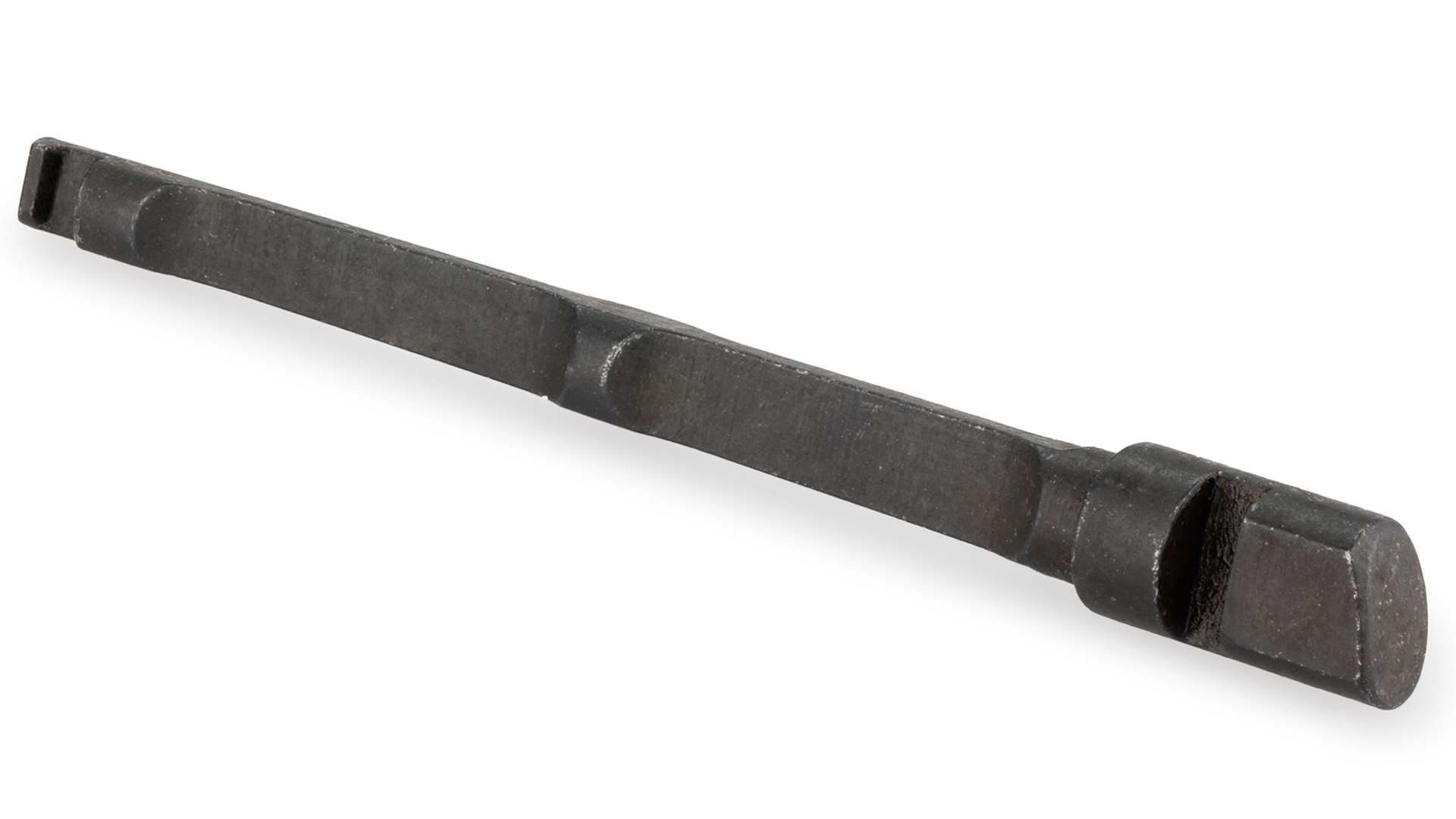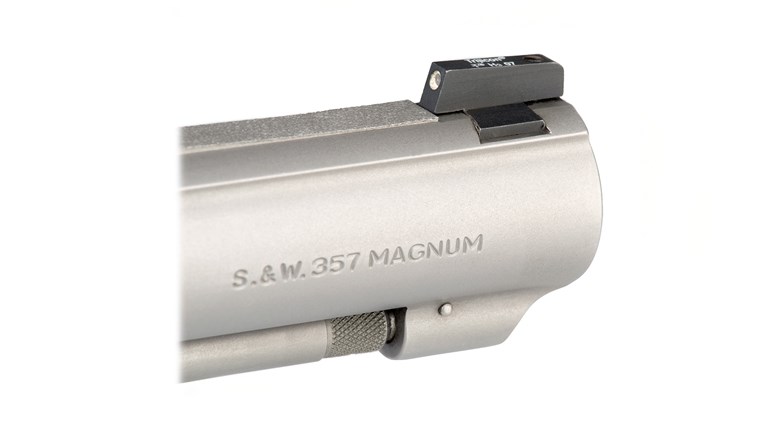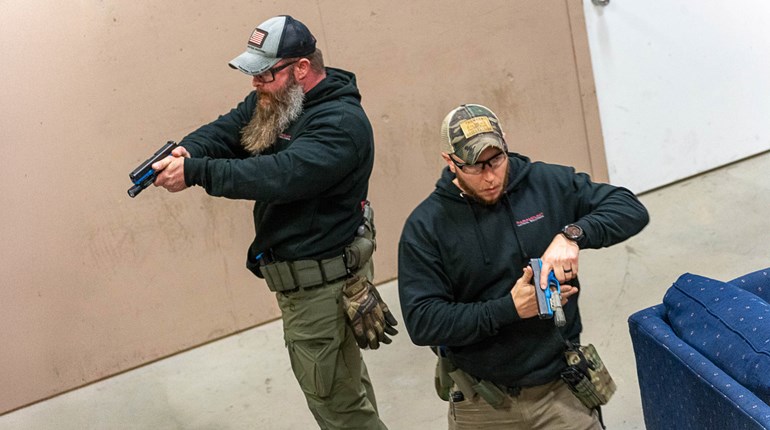
Replacing a faulty 1911 extractor can be done by an armorer. Yet, repairing more serious damage will likely require the talents of a skilled gunsmith.
I did something stupid in the interest of economy and reloaded the brass for my 1911 one time too many. The result was a ruptured case that blew the magazine out of the gun and damaged the extractor to the point it will not reliably remove a cartridge, spent or live, from the chamber. My mechanical ability does not extend much further than the use of a hammer and a screwdriver, so I am going to need some help in putting my pistol back into reliable shooting condition. Is my department armorer able to fix my pistol, or do I need to find a gunsmith for a task such as this? I am not sure I know the difference between an armorer and a gunsmith, so perhaps some guidance in that area would help as well.
Morton Alger, via social media
In today’s times of component scarcity for ammunition, many shooters are pushing the limits to get the most out of what is available. That is certainly understandable. Erring on the side of caution is still the best consideration and will generally save in the long run.
Without being able to see the gun, it is difficult to determine the extent of mechanical attention it needs to return it to reliable service. Conceivably an armorer could replace the extractor then clean, lubricate, inspect and function-check the pistol for you as long as there is no other obvious major damage. If there is visible damage to the physical integrity of the barrel, slide or frame, such as a crack, bulge or burr, then a gunsmith’s service needs to be enlisted.
The difference between an armorer and a gunsmith has been and will continue to be argued as long as there are firearms in need of repair.
Having taught armorers and gunsmiths for longer than I care to discuss, I will offer my perspective, which should help you to understand the difference.
An armorer is a mechanical technician whose job it is to maintain, troubleshoot and repair a specific brand or type of firearm, or multiple firearms, on which they have had training and certification to perform this type of work. An armorer can change parts and, in some cases, do some light fitting to make the parts function properly in addition to inspection and function-checking a firearm for mechanical operability. An armorer usually works for the military, a gun shop or an agency that has an inventory of firearms, such as a police department.
A gunsmith is a mechanical technician who usually has a broader base of training and experience than an armorer, in that they are not limited to a particular brand or type of firearm on which they can perform work. Gunsmiths can often make parts for guns as well as make their own tools specific to the needs of the operations to be performed. Gunsmiths are trained to use machinery such as lathes and milling machines to modify the components of a firearm specifically for the needs of an individual. A gunsmith has an understanding of metallurgy, wood and synthetic materials that surpasses the normal levels of an armorer.
There is plenty of crossover from one title to the other in capability, but one of the biggest differentiators is business related. A gunsmith is usually capable of running a stand-alone business that will provide a good living for his or her family due the scope and breadth of services offered. Conversely, an armorer is usually an employee of a larger organization whose job responsibilities are specific to those firearms related to that agency or business.
Referring back to your pistol, if there is evidence of metal damage to your pistol, other than perhaps the extractor, it should go to a gunsmith. If there is nothing suspect or visibly obvious, an armorer should be able to put you back in business by replacing the extractor and function-checking the pistol to verify its readiness.



































